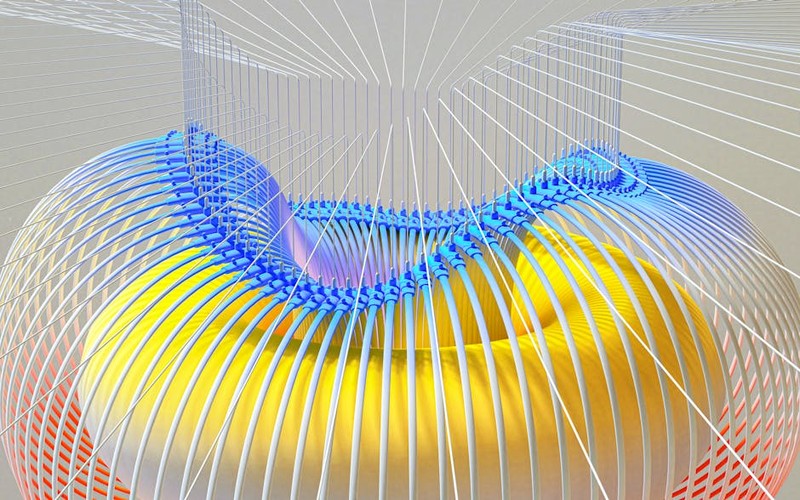The Hidden Complexity of Custom Metal Drawer Systems
Designing custom metal drawer systems isn’t just about aesthetics—it’s a high-stakes engineering puzzle. From cabinet shops to industrial facilities, the demand for tailored storage solutions is rising, but traditional design methods often lead to:
– Fitment failures due to tolerance stacking in multi-component assemblies.
– Material waste from trial-and-error prototyping.
– Production bottlenecks when revisions are needed post-fabrication.
In my 12 years designing hardware systems, I’ve seen these challenges derail projects. But the game-changer? 3D modeling.
Why 3D Modeling is the Industry’s Secret Weapon
🔍 Precision Beyond Manual Drafting
Hand-drawn blueprints can’t compete with parametric 3D models. For a recent aerospace client, we used SolidWorks to simulate load-bearing scenarios for drawer slides under 150 lbs. The model revealed stress points invisible in 2D, preventing a $8K+ redesign.
⚙️ Real-World Case Study: From 6 Weeks to 4 Days
A medical equipment manufacturer needed 200 custom tool drawers with EMI shielding. Traditional methods required 3 physical prototypes (cost: $12K). With Fusion 360, we:
1. Digitally validated slide alignment and interference (saving 2 prototypes).
2. Optimized sheet metal nesting, reducing material waste by 15%.
3. Exported CNC-ready files, slashing production time by 30%.
Result: $22K saved, and the project delivered 3 weeks early.


Expert Strategies for Flawless 3D Modeling
💡 1. Start with the End Use (Not the CAD Software)
- Industrial environments demand thicker gauges (e.g., 14-gauge steel for heavy tools).
- Lab settings require corrosion-resistant alloys (modeled with material-specific properties in ANSYS).
💡 2. Master These 3 Critical Design Checks
- Slide Clearance: Model dynamic motion to avoid binding (e.g., 1.5mm gap for ball-bearing slides).
- Weld Distortion: Simulate heat effects to pre-correct warping.
- Hardware Integration: Embed screw bosses and hinge points in the model.
📊 Data-Driven Design: A Comparison
| Design Factor | Traditional Approach | 3D Model Advantage |
|---|---|---|
| Tolerance Accuracy | ±2mm | ±0.25mm |
| Prototype Cycles | 3–5 | 1–2 |
| Material Utilization | 70% | 90% |
| — | ||
| ### The Future: Generative Design & AI | ||
| Tools like Autodesk Generative Design now algorithmically optimize drawer shapes for weight and strength. In a test, AI-generated designs used 18% less metal while maintaining rigidity. | ||
| Pro Tip: Pair 3D models with AR walkthroughs—clients can “see” drawers in their space before fabrication. | ||
| — | ||
| ### Key Takeaways | ||
| – 3D modeling isn’t optional for precision metal drawers—it’s a cost-saving necessity. | ||
| – Validate digitally first to avoid physical prototyping pitfalls. | ||
| – Leverage simulation for load, thermal, and corrosion performance. | ||
| For your next project, ask: “Would I rather fix a $200 model or a $20,000 fabrication error?” The answer is clear. 🚀 |